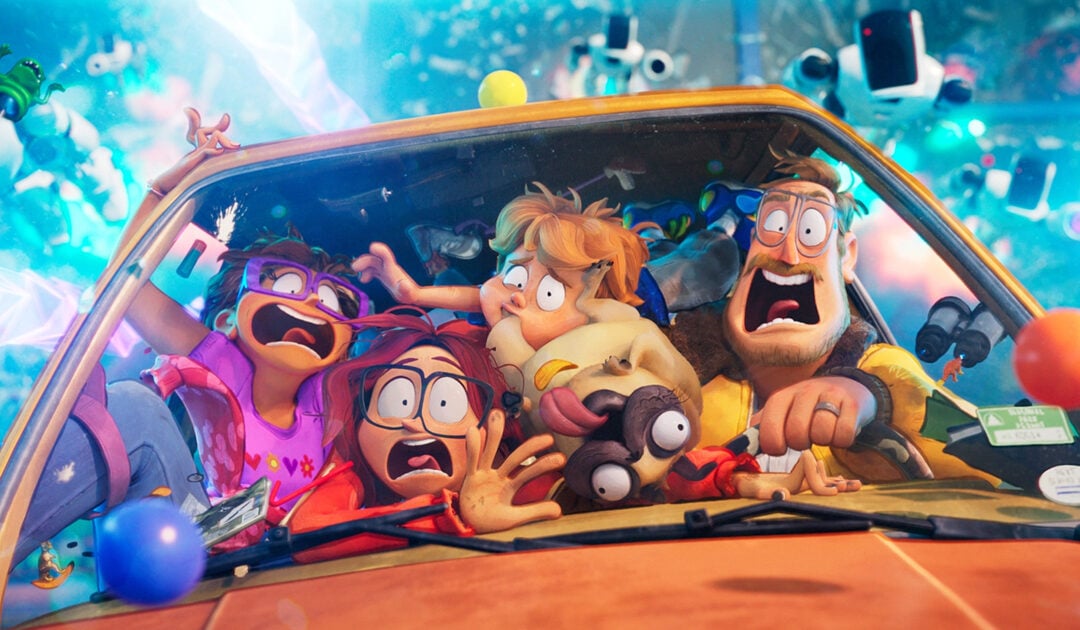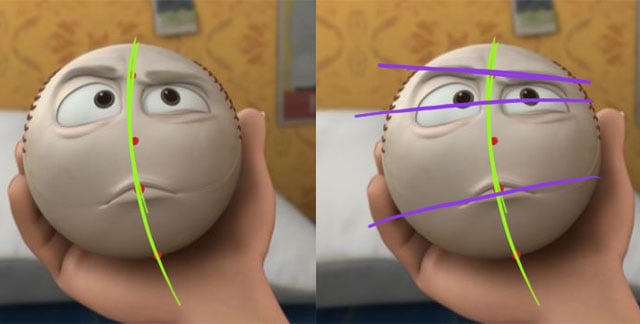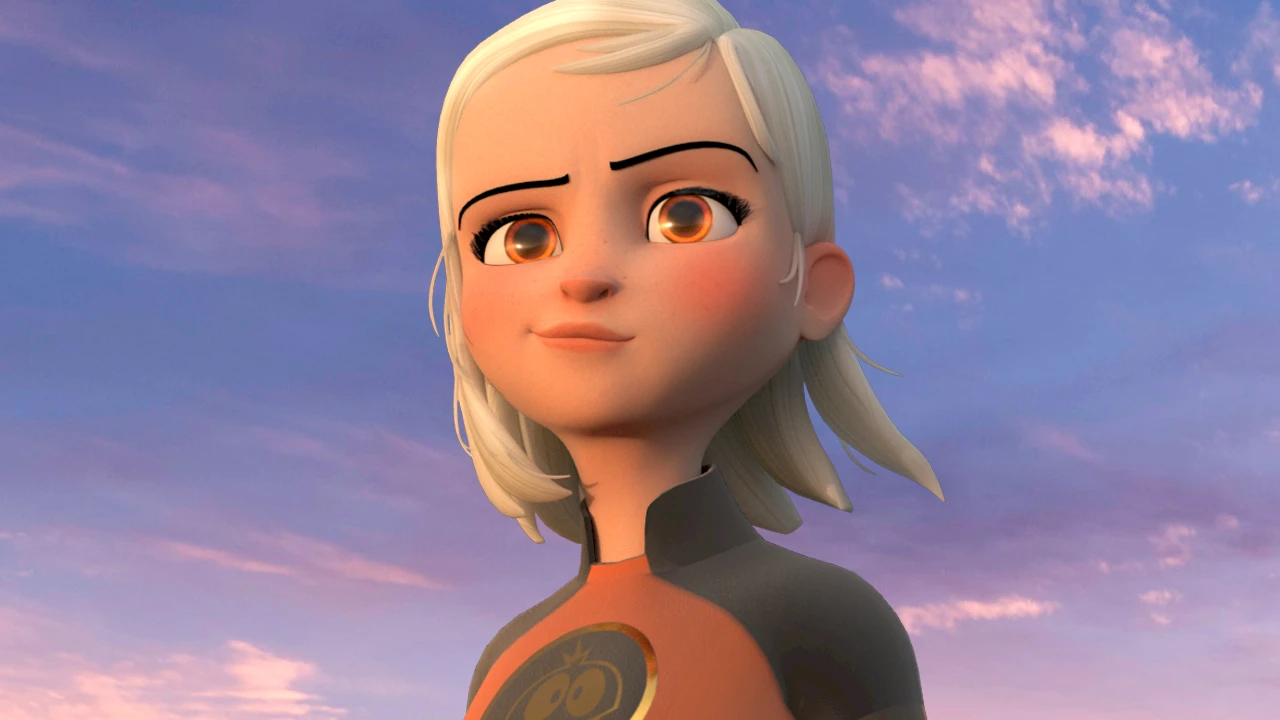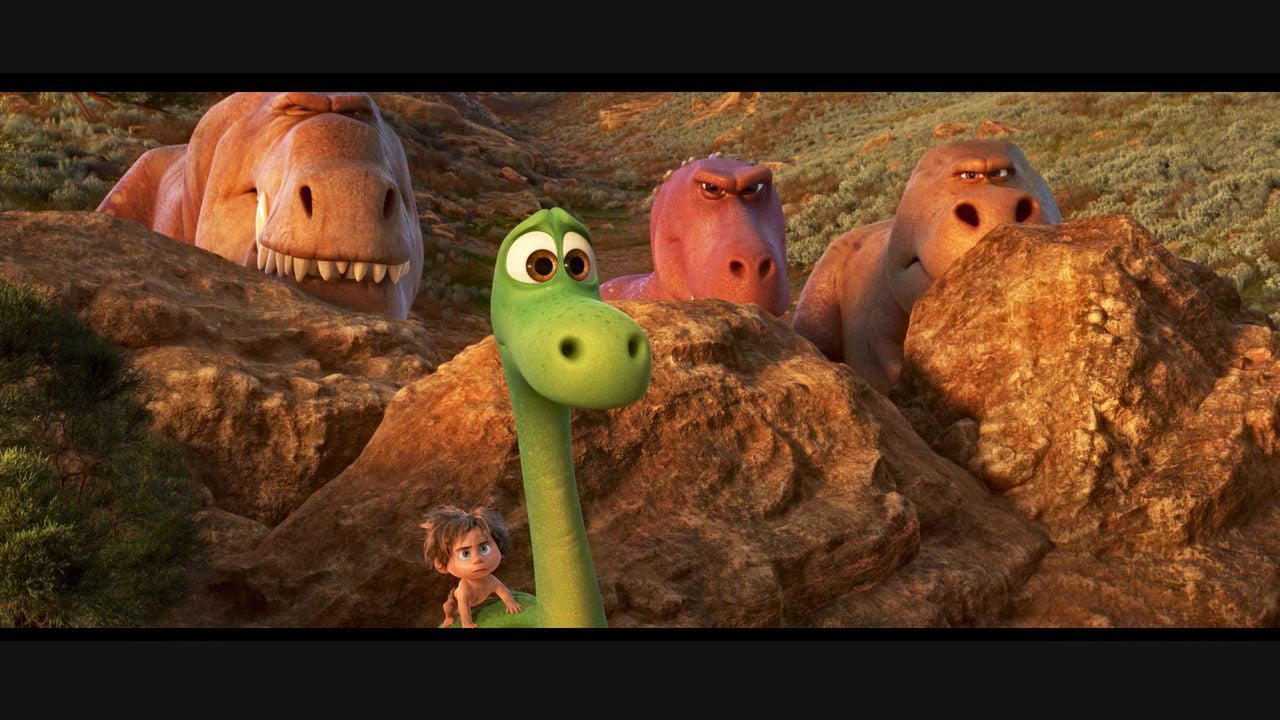
Ever wonder what it’s like to work at Pixar? Of course your do! That’s why we chatted with Pixar Animator Nate Wall to hear all about it. Nate has worked on some of our very favorite movies like Finding Dory, Inside Out, and The Good Dinosaur. Not bad, eh? Read on to learn what it’s like to live the dream!
-The Animation Mentor Crew
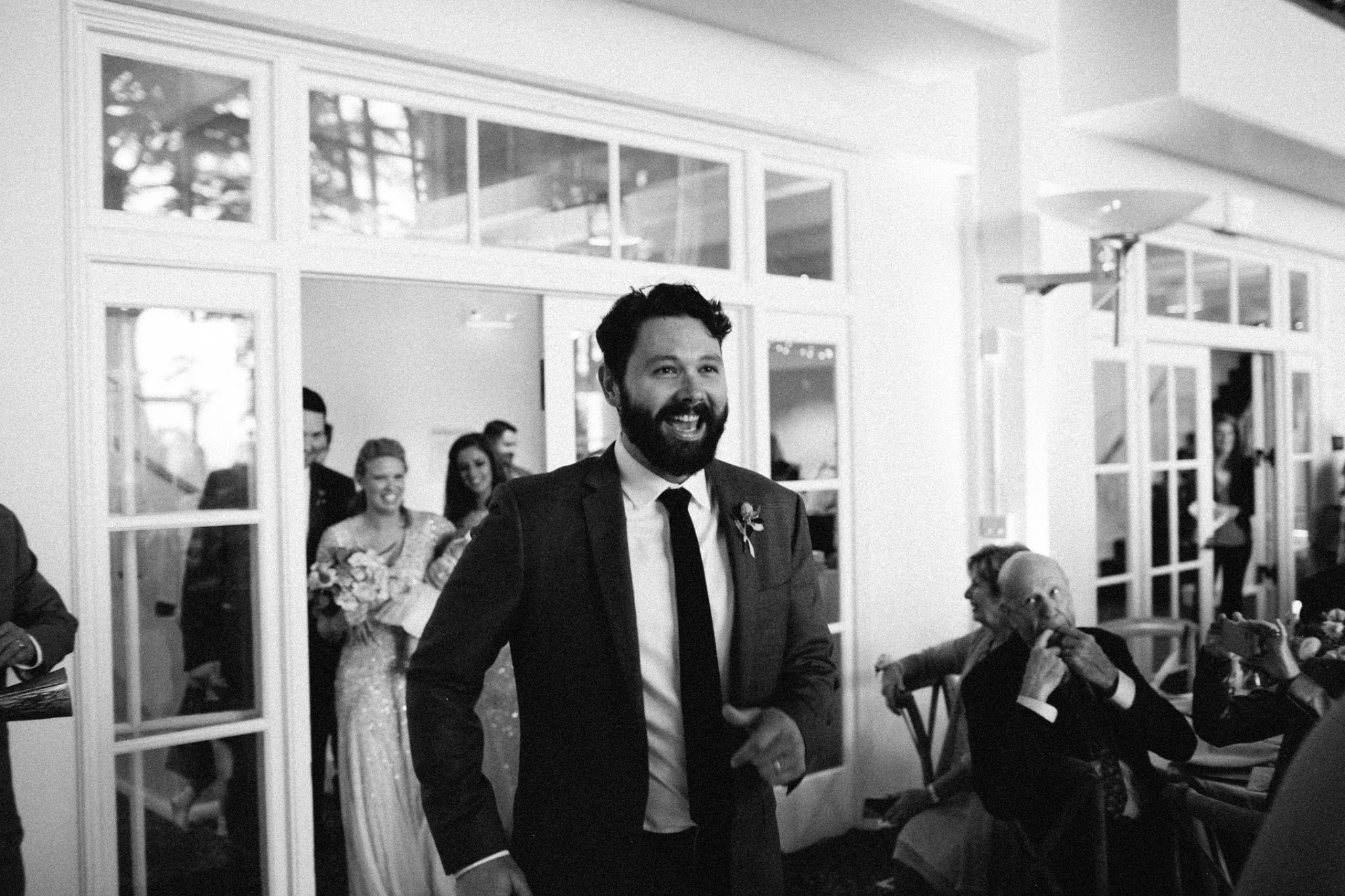
Mentor and Pixar Animator Nate Wall
Animation Mentor: What’s a typical day like for you at Pixar?
Nate Wall: Typically the day will start about 8 o’clock, with coffee. It’s nice to see friendly co-worker faces around and we’ll usually chat a bit before jumping into work. Pixar’s animation dailies happen most days in the morning in one of the larger screening rooms, and it’s a good way to start work.
Might have another meeting at some point during the day, but most of the rest of my time I spend in my office animating, drawing, or studying. In the afternoon I may show the anim leads a polish pass of my shots that have been finaled by the director. Or I might take the opportunity to show shots to the director in walk-thrus, which is what we call a smaller, less intense version of dailies. Then wrap up for the day with a last push on my work. I might try a new idea quickly that came from review, or perhaps just make some last tweaks to what’s been the main project of the day. Boom. Click. Head home.
AM: Can you explain what dailies are? Is it something unique to Pixar? And why would you say it’s a good way to start work?
Nate: Dailies may be the most amazing and valuable part of the job, honestly. The generic version: dailies are the animation department’s opportunity to meet with the director and show our work. But it is much more. And no, it isn’t unique to Pixar, generally speaking. However, I previously worked at other studios, and can say that the animators and department leadership have forged Pixar’s dailies into something special.
It’s a raucous, inspiring affair. Anyone in the room can (and everyone does) give notes, speak up with ideas and opinions, and all of it is in service of the shot and the story. Egos are naturally checked at the door, because we’ve all agreed to let creativity fly around that room until we find what will make the shot into its best version.
Story doesn’t serve animation, like some vehicle to try a new style, for example. No, the animation style must come naturally out of an understanding and respect for what type of story is told.
We are also lucky to have such generous directors that engage with this process. Because the director of course has the final say, guiding the process along the way, and is responsible for every detail of the movie. But if I had to sum it up, I suppose I would say what defines Pixar’s animation dailies is humility. It is, after all, incredibly humbling to show your work to a room full of brilliant artists, and with the same humility those same artists show their work with the same openness to ideas and improvements, and with the same humility the directors and producers open themselves to the group’s ideas and passions—because we all just want to make a great film. And it works, with immense satisfaction, for everyone involved. But humility is the key. We all serve the story.
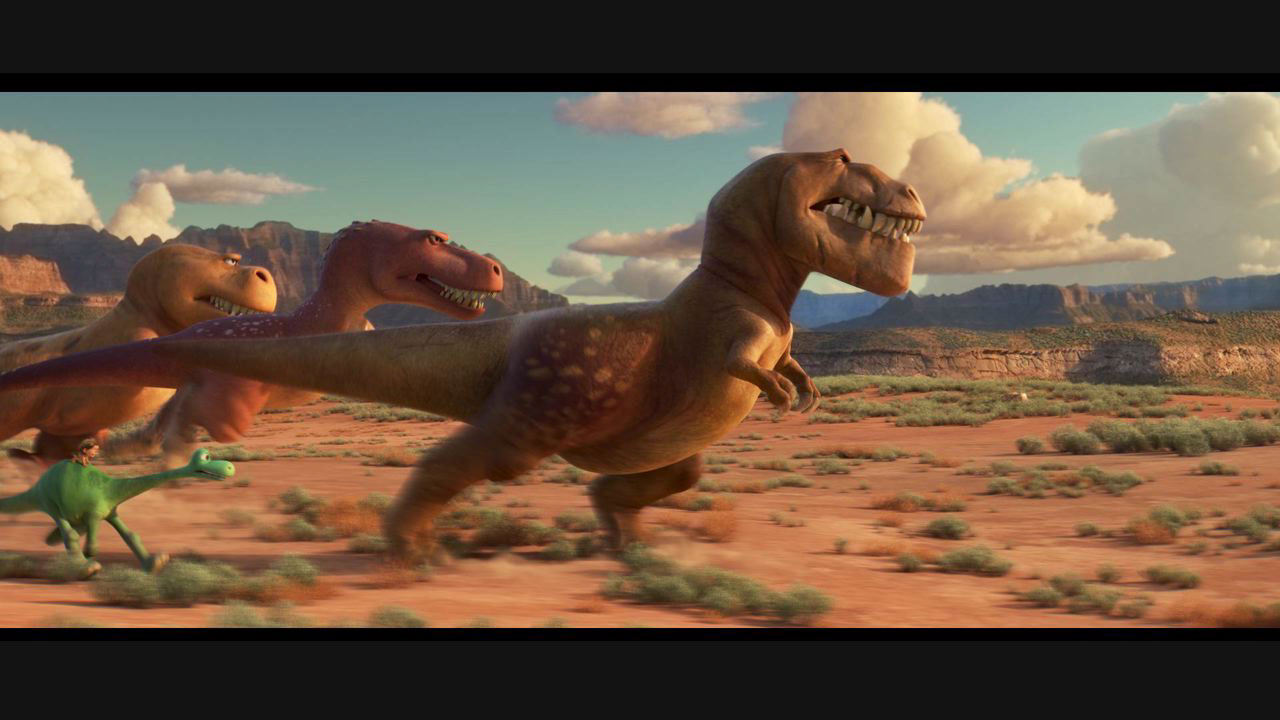
Running sequence animated by Nate Wall
AM: What does that mean, “Serve the story?”
Nate: Well, I suppose that’s one of the themes at Pixar’s core, at least from my perspective. To me it means that while every part of the filmmaking process adds value to the film, the most powerful way each person can contribute is to make every decision based around one central idea—that we serve the story.
Story doesn’t serve animation, like some vehicle to try a new style, for example. No, the animation style must come naturally out of an understanding and respect for what type of story is told.
Even the Story department serves story, in that way. It’s all about carrying around a profound respect for the story, so you can let it influence you at every step of the way.
Regarding emotions, it can be a wild ride as you invest yourself in your work and yet stay open to any and all criticism. And you do that because you either trust—or you know first hand—that every shot can be better and the more you listen and see with other artists’ eyes the better you will become.
AM: Let’s shift gears and talk about some finer details of your job. What are some of your favorite types of shots?
Nate: Anything that takes something you’ve seen before and makes it new. It might squeeze some new or extra meaning out of a moment, like an acting shot where the character is profoundly sad yet somehow maintains a brave smile the entire time. Or it might be an action shot. And one that immediately comes to mind is in Studio Ghibli’s Princess Mononoke, where the hero is riding his stag to escape a sudden ambush from samurai who were attacking a village, and one of the samurai lets loose an arrow in the hero’s direction. Pretty simple, but the shot is unreal. How exciting the animator made that arrow fly at camera. You see it release from the bow, then lose it for a second as it arcs away left, then back right suddenly, and the hero just barely dodges it across his shoulder. Stuff like that.
Nate Wall’s Shots from The Good Dinosaur. (Audio Not Included)
AM: In your work, what is one shot you wish you could have back to do again?
AM: Hahaha. Many of them. I don’t really want to call out anything in particular, at risk of putting some film under a microscope. However, I’d say it’s frequent that I watch my shots once they are “finaled” and wish I could have them back. Which is natural, right. As an artist your eye improves over time from experience and hard work. So it is natural that you would see your past work and have a new and better understanding of how you would improve it now. How does the song go? “I wish that I knew what I know now, when I was younger.” Yeah, it’s like that.
AM: So, what’s the biggest challenge you’ve faced on a project at Pixar?
Nate: Whew. Well. The easy and boring answer is time. There’s never enough time it seems. But I’d say for me personally the biggest challenge has been balancing my time and effort with my emotions, and sometimes my anxiety. Honestly, this job comes with the pressure to stay sharp and do good work. In other words, it’s a job, not a side passion project you can spend years on at your leisure, which is where professionalism comes in.
Regarding emotions, it can be a wild ride as you invest yourself in your work and yet stay open to any and all criticism. And you do that because you either trust—or you know first hand—that every shot can be better and the more you listen and see with other artists’ eyes the better you will become. And yet our department has never wavered in its support of the time my family needs, which is just to say that I work with good people who know my best work will always shine when life is balanced. That’s a testament to this job, and in that case we’re pretty lucky to get to do this. Animation I mean.
AM: Leads nicely into my last question: Why DO you do this?
Nate: I guess the most honest answer is that I love the process. Don’t get me wrong, I love films and love seeing the final product, but it’s the process that keeps me doing it every day. Which is a good thing, because I don’t think working only for the final product would be enough. This work can be daunting—in its scope, density, and relentless attention to detail. Not to mention the volume and sharpness of skills required to do the job at all.
But then again, the final product is part of it. When I was younger someone asked me why I wanted to make animated films, and my answer then was that I wanted to make something meaningful for MY kids to watch. She replied that was a silly reason for making art a career, which I suppose from a purely pragmatic perspective is correct. And I took that to heart for a few years, until it became absolutely obvious that animation is a real voice in the world. Films, TV, games, advertising: these things are LOUD and can say a lot. Anyway, what I’ve learned in the everyday grind is that it was important to me, in whatever I did, to have something meaningful to say. And in animation that can take shape by virtue of collaboration at the film level, or just on the shot level where we work to make every performance, every bit of motion and design meaningful to the audience. So for me that last bit defines what we do (and why) as animators, and it’s a lucky thing to work at a place that fully supports those lofty goals.
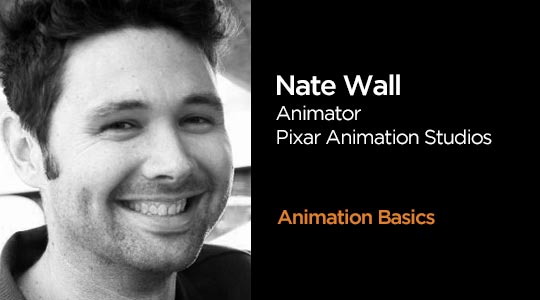
Want to be mentored by professional animators like Nate Wall?
Start your animation journey by learning with professional animators from studios like Pixar, DreamWorks, and Disney! Get more information about Animation Mentor’s Character Animation Program.
